Have you ever wondered how fresh produce, pharmaceuticals, and even ice cream maintain their quality during long journeys across the globe? The secret lies in reefer containers. Reefer containers, or refrigerated containers, are specially designed to transport temperature-sensitive goods. These containers play a critical role in the global supply chain, ensuring that products reach their destinations in optimal condition, regardless of external weather conditions.
Reefer containers are essential for businesses and industries that rely on the secure and efficient transportation of perishable goods. From fruits and vegetables to medicines and seafood, these containers maintain precise temperature ranges to preserve product integrity. Some advanced models, known as super freezers, can reach temperatures as low as -76°F, catering to the most demanding cooling requirements.
In this article, we’ll delve into the intricacies of reefer containers, exploring how they work, the various types available, and their dimensions and specifications. By understanding these aspects, you’ll gain a comprehensive insight into the indispensable role of reefer containers in modern logistics and supply chain management.
How Reefer Containers Work
Understanding the intricate workings of reefer containers reveals their essential role in preserving the quality of perishable goods during transit.
Mechanism of the Refrigeration Unit
Reefer containers operate through a sophisticated refrigeration unit comprising key components like compressors and condensers. The compressor performs an important role by compressing refrigerant gas, which subsequently flows to the condenser. Here, the gas is cooled and condensed into a liquid, releasing heat in the process.
This cooled liquid refrigerant is then circulated through an evaporator, absorbing heat from the container’s interior and thereby lowering the temperature. The cycle repeats continuously, ensuring a stable and controlled environment inside the container.
Power Sources
These containers draw power from two primary sources: diesel generator sets and external connections. Diesel generator sets are often used when the containers are in transit, such as on trucks or ships, providing the necessary electricity to run the refrigeration unit. When stationary, at ports or warehouses, reefer containers can be plugged into external power sources.
This dual power capability ensures that the refrigeration system remains operational at all times, maintaining the integrity of the temperature-sensitive cargo.
Temperature, Humidity, and Ventilation Control Features
Maintaining the precise temperature, humidity, and ventilation is crucial for the effectiveness of reefer containers. They come with advanced control systems that allow operators to configure and monitor the ideal parameters. Temperature can be modified to handle different types of cargo, ranging from chilled to frozen.
Additionally, some models include humidity control to prevent spoilage and dehydration of goods. Proper ventilation is also essential to avoid the buildup of ethylene gas, which can accelerate the ripening process of certain fruits and vegetables.
Pre-Cooling Requirement and Continuous Monitoring Capabilities
Before loading, it’s vital to pre-cool the reefer container to the required temperature. It ensures that the cargo is loaded into an already stable environment, minimizing temperature fluctuations.
Reefer containers also feature continuous monitoring capabilities, allowing operators to track the temperature and other conditions in real-time. This real-time monitoring detects any faults as soon as possible, allowing corrective actions to be made to prevent spoilage.
Design Features for Optimal Functionality
- T-shaped decking: Facilitates uniform airflow, ensuring consistent cooling throughout the container.
- Efficient drainage systems: Removes condensation and prevent water buildup, protecting the cargo.
- High-quality insulation materials: Used in container walls to minimize temperature loss and enhance energy efficiency.
- Collective contribution: These design elements ensure the effective operation of reefer containers.
- Safeguarding quality: Maintains the quality of temperature-sensitive goods during transit.
With advanced refrigeration technology and robust design, these containers ensure the safety and efficient transportation of perishable goods, maintaining product quality from origin to destination.
Types of Reefer Containers
Reefer containers come in various types, each tailored to meet specific shipping requirements and cargo needs.
1. Standard Refrigerated Container
Standard refrigerated containers are the most commonly used type, designed to maintain a general temperature range suitable for a wide array of perishable goods.
These containers are versatile and can be set to different temperatures depending on the cargo, making them ideal for transporting fruits, vegetables, dairy products, and pharmaceuticals.
2. High-Cube Refrigerated Containers
High-cube refrigerated containers offer additional height compared to standard models, providing more cargo space without increasing the container’s footprint. This extra vertical space is beneficial for shipping larger or bulkier items that require temperature control and maximizing storage capacity while maintaining the necessary environmental conditions.
3. Open Top and Flat Rack Refrigerated Containers
Open-top and flat rack refrigerated containers are designed for cargo that requires special loading procedures. The open-top variant allows for loading from above, which is useful for oversized items or machine.
Flat rack containers, on the other hand, provide a sturdy base for heavy or awkwardly shaped goods that need to be transported under controlled temperatures.
4. Insulated Containers
Insulated containers differ from typical reefer containers in that they do not have active refrigeration units. Instead, they rely on their insulation to maintain a stable temperature.
These containers are suitable for short-distance transportation or for goods that do not require constant refrigeration but need protection from extreme temperature fluctuations.
5. Dual-Temperature Containers
Dual-temperature containers are equipped with compartments that can be set to different temperatures. This feature allows for the simultaneous transport of goods with varying temperature requirements within the same container, making them highly efficient for mixed cargo loads.
6. Controlled Atmosphere Containers
Controlled atmosphere containers are advanced reefer units that enhance the shelf life of perishable items by regulating not only the temperature but also the composition of the air inside the container. By managing oxygen, carbon dioxide, and nitrogen levels, these containers slow down the ripening process of fruits and vegetables, ensuring they arrive at their destination as fresh as possible.
Each type of reefer container offers unique benefits, making it possible to transport a diverse range of temperature-sensitive goods safely and efficiently across the globe. Make the international shipments seamless with Intoglo’s FCL door-to-door service from India to the USA. Contact us today to learn how we can help you transport your temperature-sensitive goods safely and efficiently across borders.
Common Sizes, Dimensions, and Specifications of Reefer Container
20ft Reefer Containers
A 20ft reefer container is the most compact option, making it ideal for smaller shipments or when space is limited. These containers typically have external dimensions of 20 feet in length, 8 feet in width, and 8.5 feet in height. Internally, they offer around 1,169 cubic feet (33.1 cubic meters) of cargo space.
The tare weight for a 20ft reefer is approximately 6,000 pounds (2,720 kg), which affects the overall payload capacity. This size is suitable for transporting smaller quantities of perishable goods such as pharmaceuticals, fresh produce, or special items that do not require a large volume of space.
40ft Reefer Containers
The 40ft reefer container is double the length of the 20ft option, providing more space for larger ships. It has external dimensions of 40 feet in length, 8 feet in width, and 8.5 feet in height. Inside, it offers around 2,400 cubic feet (67.7 cubic meters) of cargo space.
The tare weight of a 40ft reefer is about 10,000 pounds (4,535 kg), which must be considered when calculating the total payload capacity. This size is commonly used for transporting larger quantities of goods that need to remain refrigerated or frozen, such as meats, seafood, and dairy products. Its larger capacity makes it more efficient for bulk shipments.
40ft High Cube Reefer Containers
A 40ft high cube reefer container provides additional height compared to the standard 40ft container, with external dimensions of 40 feet in length, 8 feet in width, and 9.5 feet in height. This increase in height allows for a greater internal volume, offering around 2,700 cubic feet (76.5 cubic meters) of cargo space.
The tare weight for a 40ft high cube reefer is similar to the standard 40ft container, around 10,000 pounds (4,535 k ). The extra vertical space is beneficial for shipping bulkier items or those that require more headers. It is ideal for transporting a diverse range of temperature-sensitive goods, maximizing storage efficiency while maintaining optimal environmental conditions.
Also read: 40-Foot High Cube Container Dimensions And CBM Calculation Guide
Cost of Reefer Containers(in USD)
Understanding the costs associated with reefer containers is essential for making informed decisions about acquisition and usage.
1. Average Pricing for Different Sizes and Types of Reefer Containers
The cost of reefer containers varies based on size and style. Here are the average prices for different sizes:
- 20ft Reefer Containers:
- New: Approximately $6,263 in the USA, $5,645 in Northern Europe, and $8,146 in India .
- Used: Around $4,000 to $8,000, depending on condition and location.
- 40ft Reefer Containers:
- New: About $7,755 in the USA, $2,685 in Northern Europe, and $7,246 in India .
- Used: Prices range from $6,200 in China to $6,836 in India .
- 40ft High Cube Reefer Containers:
- New: Approximately $6,821 in the USA, $5,359 in Northern Europe, and $6,803 in India.
- Used: Similar price range as the standard 40ft containers, typically a bit higher due to the added height.
2. Variable Costs Based on Condition (New vs. Used) and Location
The condition of the reefer container significantly impacts its cost. New containers are more expensive but offer the latest technology and longer lifespans. Used containers are more affordable but may require more maintenance. For example:
- New 40ft reefer container in the USA can cost around $7,868, while in China, it might go up to $15,184.
- Used 40ft reefer containers generally cost about $7,668 in the USA and $8,362 in China.
The location also affects pricing due to variations in demand, shipping costs, and regional market conditions. Prices in Europe, for instance, are generally lower than in the USA and China.
3. Considerations for Leasing vs. Purchasing Reefer Containers
Deciding whether to lease or purchase reefer containers depends on several factors:
- Leasing: Ideal for short-term needs or businesses with fluctuating shipping volumes. Leasing offers flexibility, lower upfront costs, and often includes maintenance services. Leasing costs for a 20ft reefer container typically range from $1,000 to $1,500 per month, while a 40ft reefer might cost between $1,500 and $2,500 per month.
- Purchasing: More suitable for long-term use, providing ownership and eliminating monthly rental fees. However, it needs a significant initial investment and potential maintenance expense. Purchasing is beneficial for companies with consistent refrigerated transport needs as it may be more economical in the long run.
When making the decision, businesses should consider their budget, usage frequency, and long-term needs. Leasing provides flexibility and lower immediate costs while purchasing offers control and potential long-term savings.
By understanding these cost factors and making informed choices, businesses can effectively manage their refrigerated transport needs and ensure the quality of their perishable goods during transit.
Utilization of Reefer Containers Beyond Shipping
Reefer containers, primarily known for transporting temperature-sensitive goods, have found diverse applications beyond their traditional use in the shipping industry. Here are two notable ways they are being utilized:
Non-operating Reefer (NOR) Usage for Dry Cargo
Non-operating Reefer (NOR) containers are refrigerated containers used to transport dry cargo without active refrigeration. This method capitalizes on the existing insulation and robust structure of reefer containers, making them suitable for various non-temperature-sensitive goods. The primary advantages of NOR usage include:
- Cost Efficiency: Utilizing NOR containers can reduce shipping costs. These containers can be used for dry cargo during return trips, avoiding the need to ship empty containers back to their original. This practice maximizes the utility of each container trip.
- Structural Integrity: The strong build and superior insulation of reefer containers offer added protection for dry cargo against external temperature fluctuations and physical damage during transit.
- Versatility: NOR containers can carry a wide range of dry goods, from electronics and machinery to textiles and manufactured products, providing flexibility in cargo options.
Innovative Applications Outside the Traditional Supply Chain
Beyond the logistics sector, reefer containers are being creatively repurposed for various innovative applications:
- Mobile Cold Storage: Reefer containers are increasingly used as mobile cold storage units for large events, such as state fairs, carnivals, and outdoor festivals. These units provide temporary yet reliable refrigeration solutions for food and beverage vendors.
- Agricultural Storage: Farms and agricultural businesses use reefer containers as temporary cold storage to preserve produce before it reaches the mark t. This helps in reducing food waste and maintaining the freshness of the produce.
- Emergency Relief and Medical Use: During disasters or in remote locations, reefer containers can serve as makeshift medical storage units for vaccines, medications, and other critical supplies that require temperature control. Their mobility and reliability make them ideal for such critical applications.
- Urban Farming and Greenhouses: Some urban farming initiatives have adapted reefer containers into vertical farms or hydroponic growing spaces. The controlled environment within the containers allows for the cultivation of crops in urban settings, contributing to local food production and sustainability efforts.
These innovative applications demonstrate the versatility of reefer containers, extending their utility well beyond traditional shipping and highlighting their potential in various sectors.
Conclusion
Reefer containers are integral to the global supply chain because they ensure the safe and efficient transport of temperature-sensitive goods. From their sophisticated refrigeration mechanisms to their versatile applications beyond traditional shipping, these containers are vital for maintaining the quality of perishable items. Understanding the dimensions, costs, and workings of reefer containers enables businesses to make informed decisions that optimize their logistics operations.
For companies looking to streamline their shipments from India to the USA, Intoglo offers comprehensive Full Container Load (FCL) door-to-door services. With abilities in handling reefer containers, Intoglo guarantees your temperature-sensitive cargo arrives in its best condition. Their end-to-end service manages everything from pickup to delivery, providing a seamless logistics experience.
By choosing Intoglo, businesses can benefit from reliable and effective shipping solutions designed specifically for reefer containers This ensures not only the integrity of their products but also peace of mind through the entire transportation process. Whether you’re shipping fresh produce, pharmaceuticals, or other perishable goods, Intoglo’s FCL services from India to the USA are designed to meet your logistical challenges head-on.


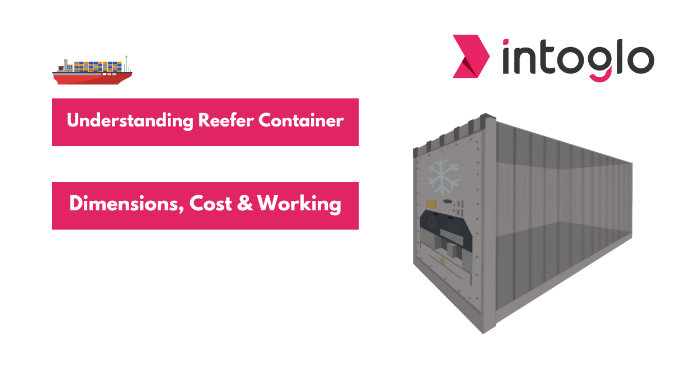
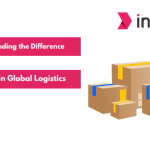

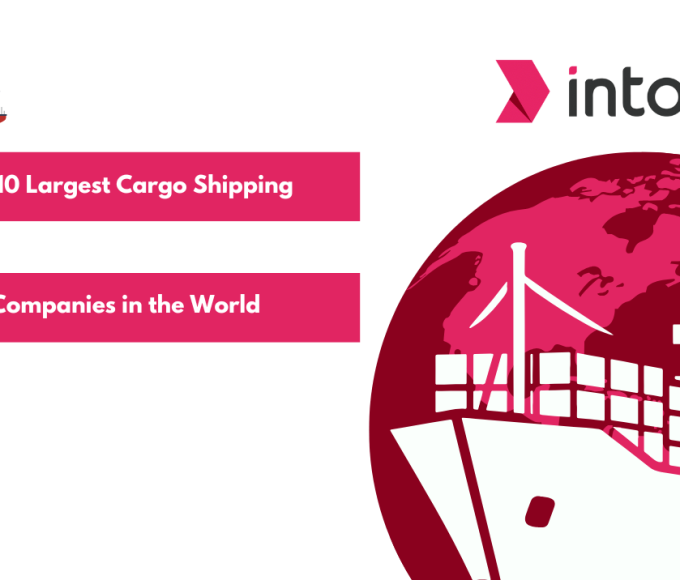

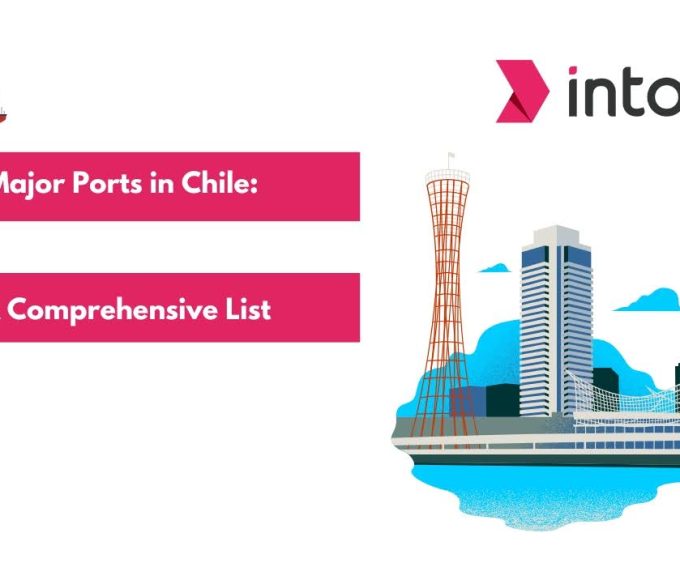
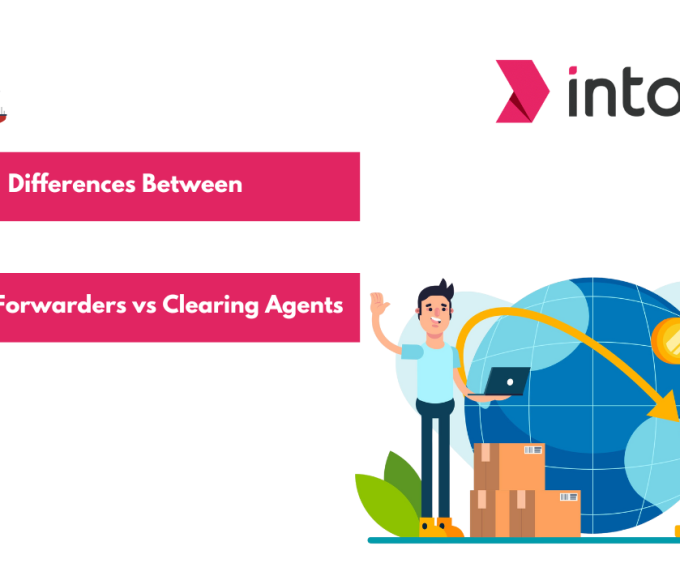
Leave a comment